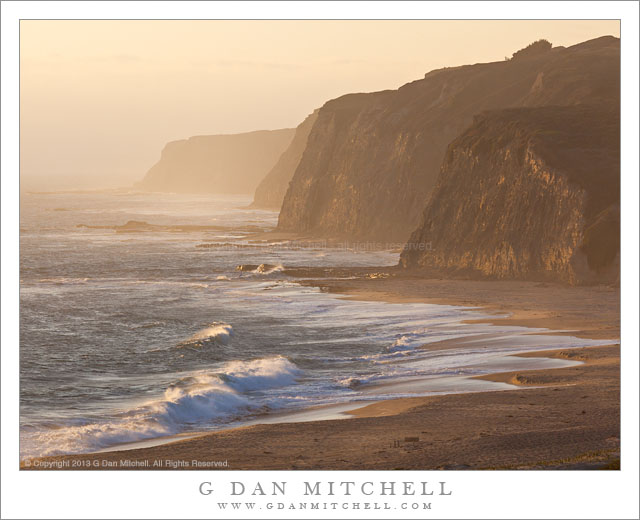“With all art expression, when something is seen, it is a vivid experience, sudden, compelling, and inevitable.” – Ansel Adams
I have compiled annual “favorites” collections for almost ten years. Each year I think this will just be an exercise in selecting photographs, and each year I rediscover that it is more than that – an opportunity to reflect on growth and new ways of looking at the world, a chance to think forward about what is yet to come, a time to recall a year of places and experiences and friendships.
It is a hard to distill a year’s work down to a few photographs, and I’m afraid that I can’t reduce the number to the extent that some can. This year I have – painfully! – gotten it down to 18 images, which is perhaps still too many. But it is 25% fewer than the 24 I shared last year! (Adams also said, “Twelve significant photographs in any one year is a good crop.” So feel free to regard up to a half dozen of these as being insignificant! ;-)
Many things affected my final selection. High on the list is how others – including many of you – responded to my photographs. I often say that the photographer is the person least able to objectively view and understand his/her own work, and I value the feedback and response that you share with me. On the other hand, I like to include some photographs that get less attention because I believe in them. I also include examples from my diverse range of subjects – people, wildlife, landscape, cityscape and street, night photography.
Speaking of a range of subjects, this was a year of interesting and diverse photographic adventures. Some were familiar – visits to Death Valley, the nearby Pacific Coast, the streets of San Francisco, familiar Sierra locations, and more. Others reflect more recent interests, such the migratory birds of California’s Great Central Valley. I spent more than a week camped in a remote Sierra Nevada location with photographer friends, becoming deeply familiar with the details of that particular landscape. I traveled to urban destinations: New York City, London, Germany, Austria. I continued work on my long-term project to photograph classical musicians.
But, enough introduction. In no particular order, though grouped according to subject, here are some of my favorite photographs of 2013. For those who want to know more, I have included links to the original posts of the images, where you may read more background – click the images themselves or the “original post” links.
(I am on social media: My blog | Facebook | Google Plus | Flickr | Twitter | Pinterest | LinkedIn. And, yes, prints are available – see the Sales link for more information or send me an email.)
Coastal California
I am very fortunate to live relatively close to a huge range of photographic subjects. One of the closest and most impressive is the Pacific Ocean coastline of California, and it is near enough that I can head over there for a morning or an evening when the conditions seem promising.
Beach and Bluffs, Evening. Pacific Coast, California. August 2, 2013.
Evening light and fog along the Pacific coast north of Santa Cruz, California. (Original post)
Living less than an hour from the Pacific coastline south of San Francisco, I have the good fortune of being able to shoot there often, and I have come to know some sections of this coastline very well. On this summer evening I was cruising up the coast looking for subjects when I passed this familiar location, one that I had passed many times without stopping due to the scarcity of places to pull over on this narrow highway. The hazy fog, the warm evening light, and the curving surf line got my attention and this time I stopped, put a long lens on the camera, and made this exposure while standing far too close to the passing traffic.
Continue reading 2013 Favorite Photographs →Like this:
Like Loading...

 G Dan Mitchell is a California photographer and visual opportunist whose subjects include the Pacific coast, redwood forests, central California oak/grasslands, the Sierra Nevada, California deserts, urban landscapes, night photography, and more.
G Dan Mitchell is a California photographer and visual opportunist whose subjects include the Pacific coast, redwood forests, central California oak/grasslands, the Sierra Nevada, California deserts, urban landscapes, night photography, and more.

